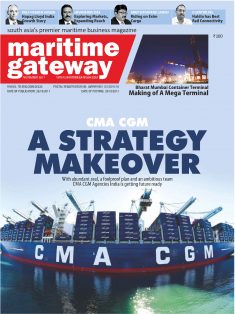
November 2017
Logistics has been an overhead on which manufacturers had limited control so far, but not any longer! Mega logistics parks have the potential to change the way India moves goods

Logistics has been an overhead on which manufacturers had limited control so far, but not any longer! Mega logistics parks have the potential to change the way India moves goods
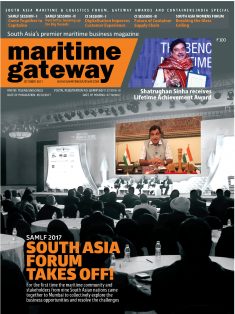
For the first time the maritime community and stakeholders from nine South Asian nations came together to Mumbai to collectively explore the business opportunities and resolve the challenges
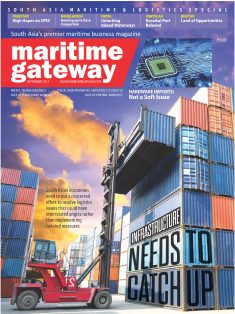
Container traffic in South Asia has increased fourfold since the past decade, but logistics infrastructure has not geared up to support the rise in flow of cargo. South Asian economies need to put a concerted effort to resolve logistics issues that could have interrelated angles rather than implementing isolated measures.
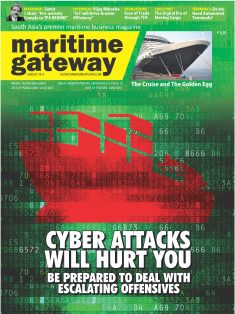
Cyber attacks are the new reality, the only question is ‘when.’ The key challenge for Indian firms is that most view cyber security as an “IT issue”. India ranks third globally as a source of malicious activities and its enterprises are the sixth most targeted by cybercriminals. It is high time that shipping industry should wake up to this reality.
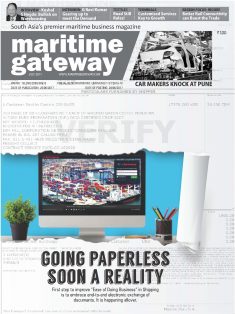
Not long ago, the airline industry had cumbersome procedures for shipping cargo, but they embraced digitisation and today the documentation doesn?t take more than two hours. First step to improve “Ease of Doing Business” in Shipping is to embrace end-to-end electronic exchange of documents. It is happening allover.
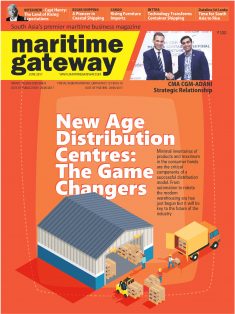
Minimal inventories of products and maximum in the consumer hands are the critical components of a successful distribution model. From automation to robots the modern warehousing era has just begun but it will be key to the future of the industry
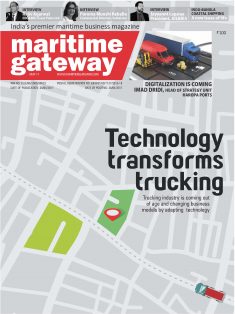
Trucking industry is coming out of age and changing business models by adapting technology
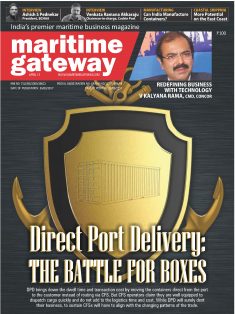
DPD brings down the dwell time and transaction cost by moving the containers direct from the port to the customer instead of routing via CFS. But CFS operators claim they are well equipped to dispatch cargo quickly and do not add to the logistics time and cost. While DPD will surely dent their business, to sustain CFSs will have to align with the changing patterns of the trade.
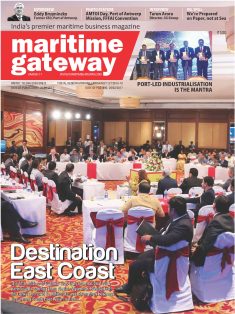
The fifth edition of ECMBS was truly international with participants coming from Nepal, Myanmar, Bangladesh, Sri Lanka and UAE to deliberate and strengthen business ties among South East Asian nations
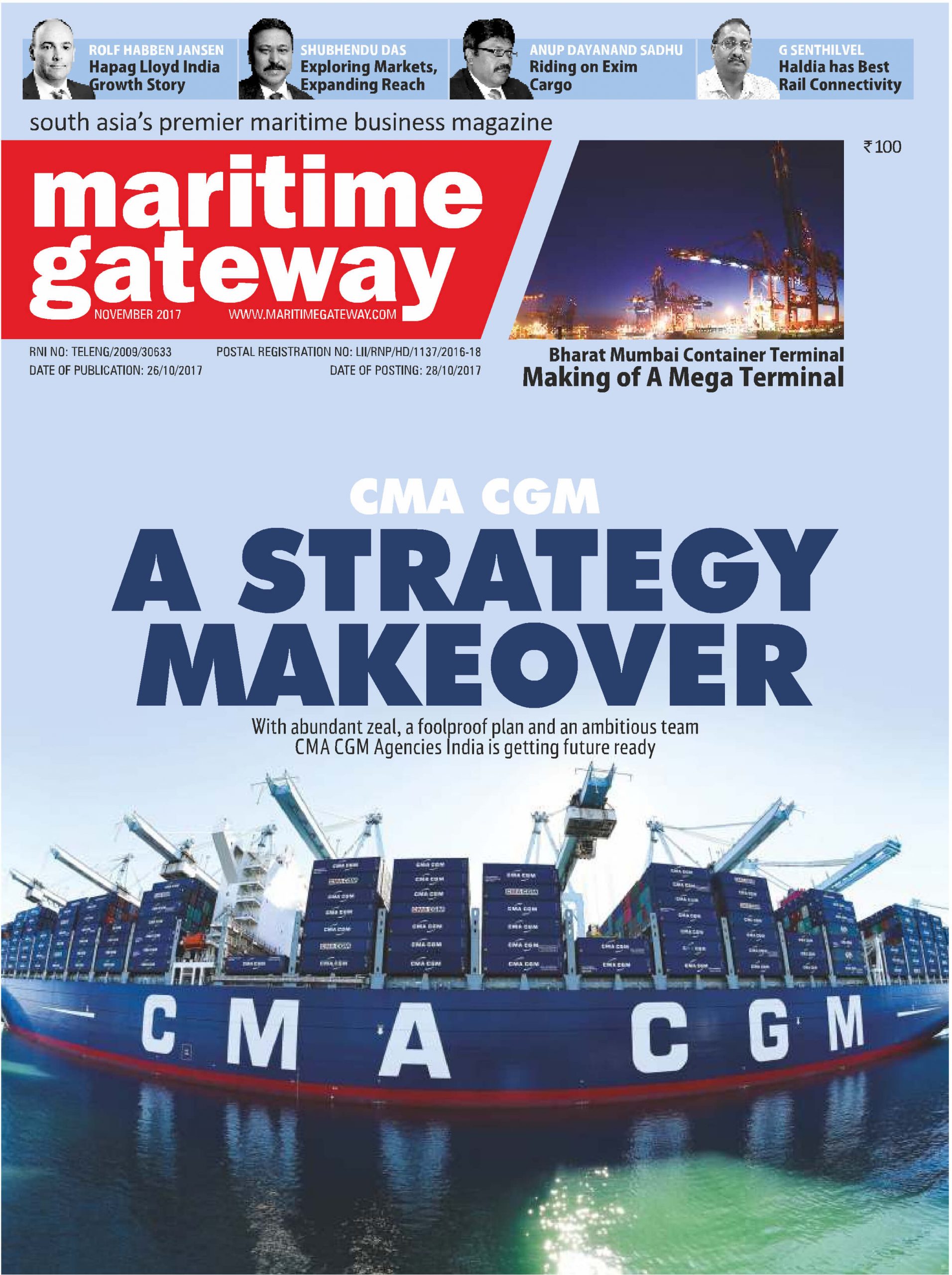
Logistics has been an overhead on which manufacturers had limited control so far, but not any longer! Mega logistics parks have the potential to change the way India moves goods
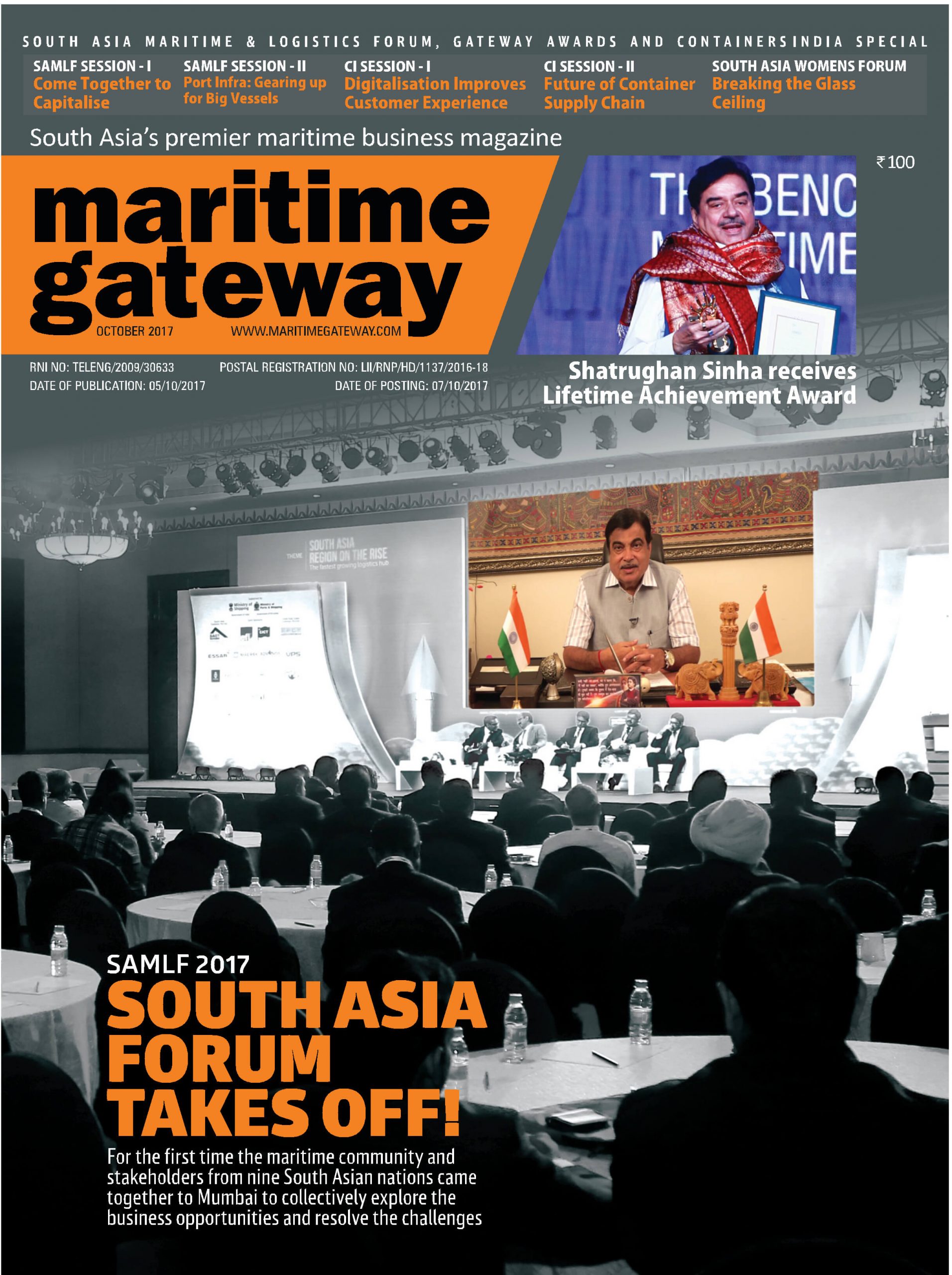
For the first time the maritime community and stakeholders from nine South Asian nations came together to Mumbai to collectively explore the business opportunities and resolve the challenges
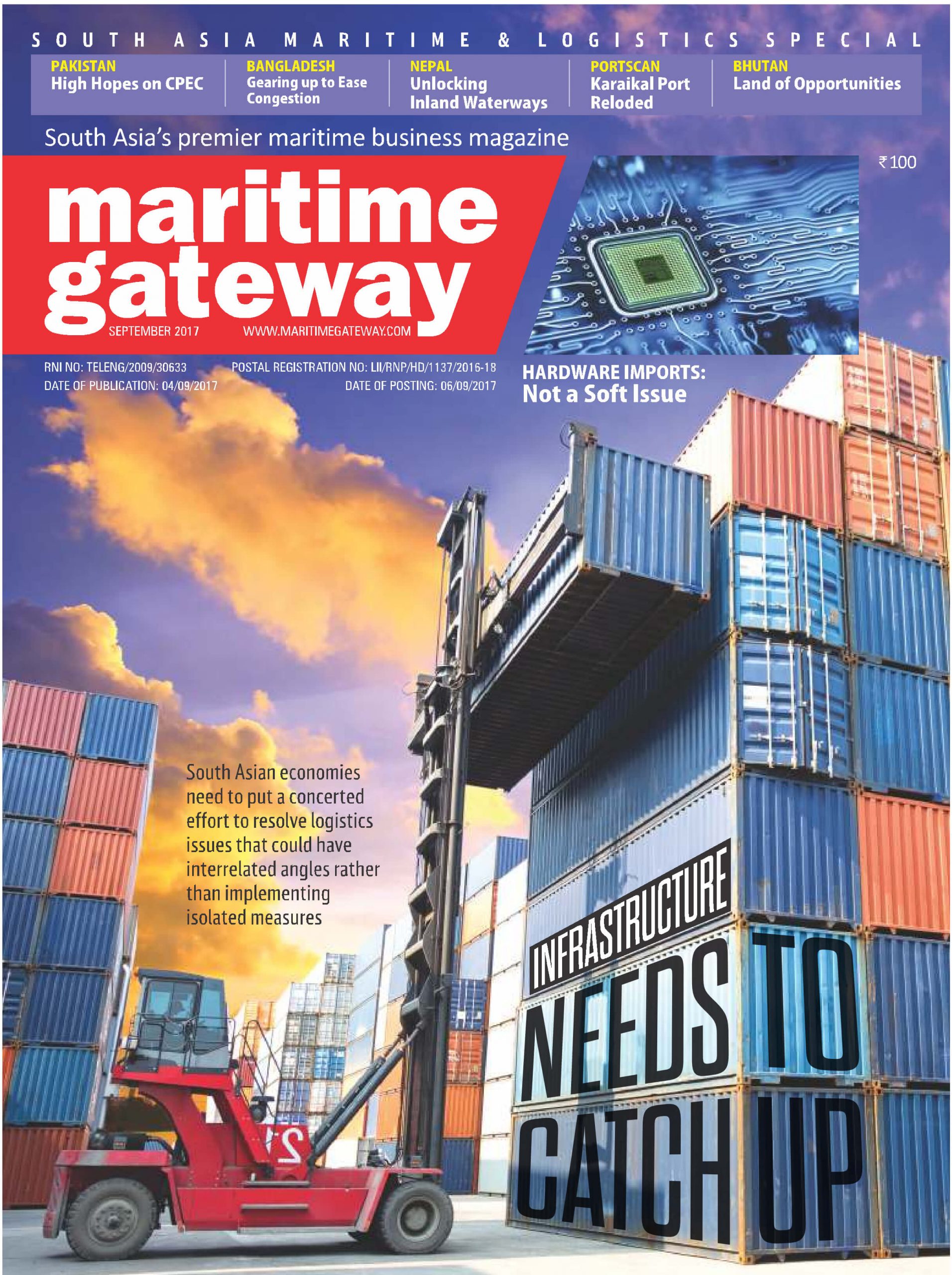
Container traffic in South Asia has increased fourfold since the past decade, but logistics infrastructure has not geared up to support the rise in flow of cargo. South Asian economies need to put a concerted effort to resolve logistics issues that could have interrelated angles rather than implementing isolated measures.
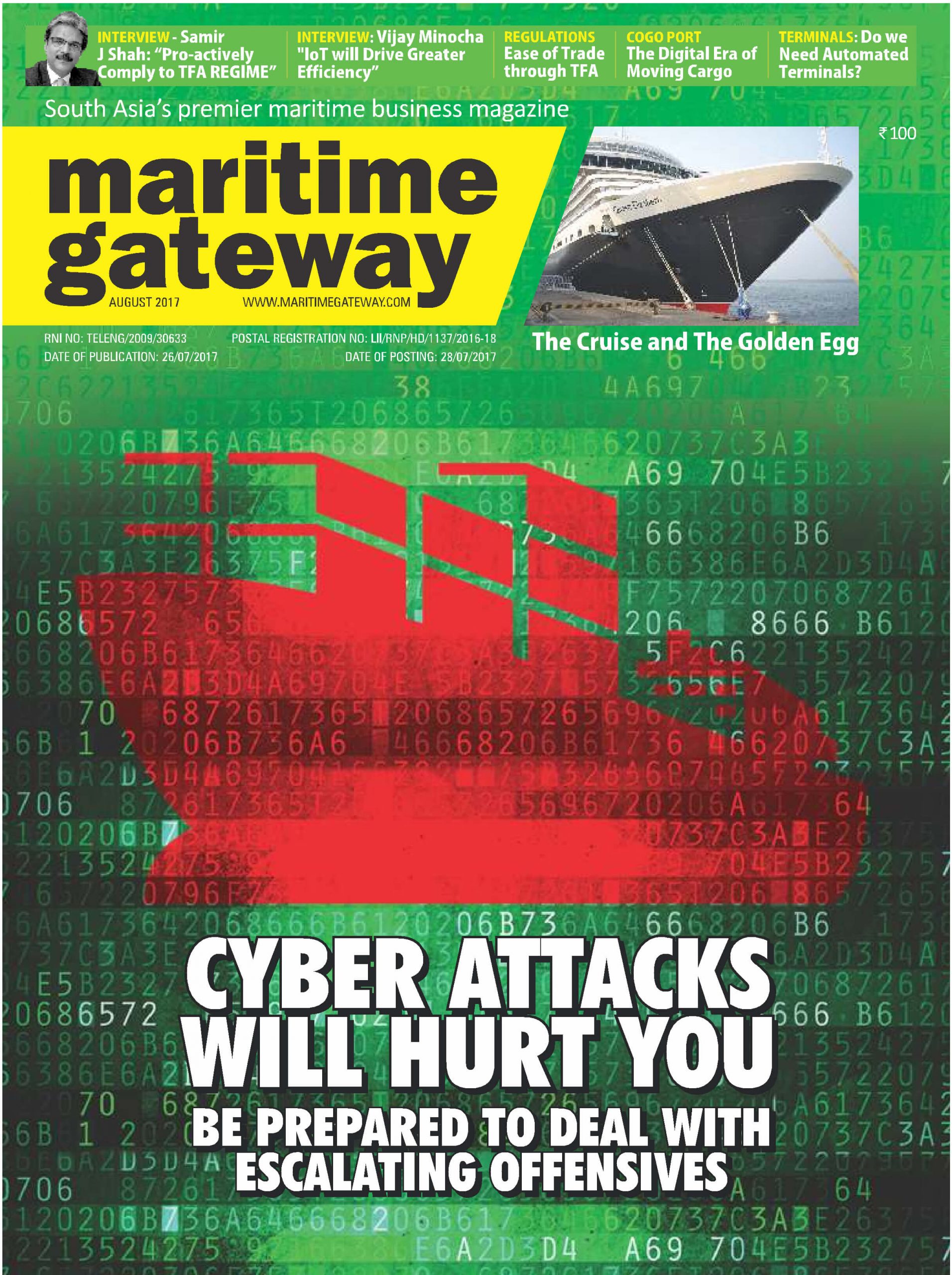
Cyber attacks are the new reality, the only question is ‘when.’ The key challenge for Indian firms is that most view cyber security as an “IT issue”. India ranks third globally as a source of malicious activities and its enterprises are the sixth most targeted by cybercriminals. It is high time that shipping industry should wake up to this reality.
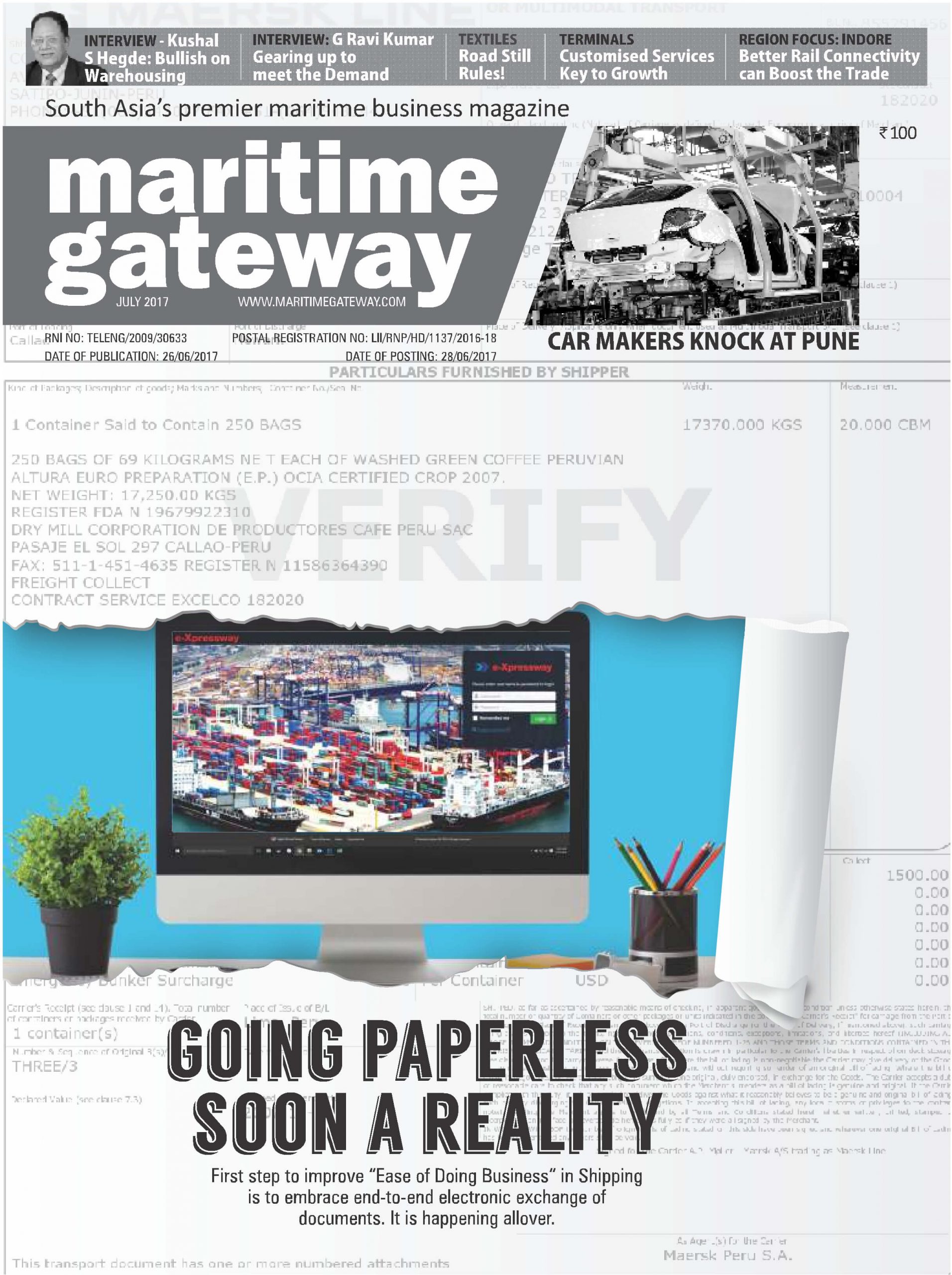
Not long ago, the airline industry had cumbersome procedures for shipping cargo, but they embraced digitisation and today the documentation doesn?t take more than two hours. First step to improve “Ease of Doing Business” in Shipping is to embrace end-to-end electronic exchange of documents. It is happening allover.
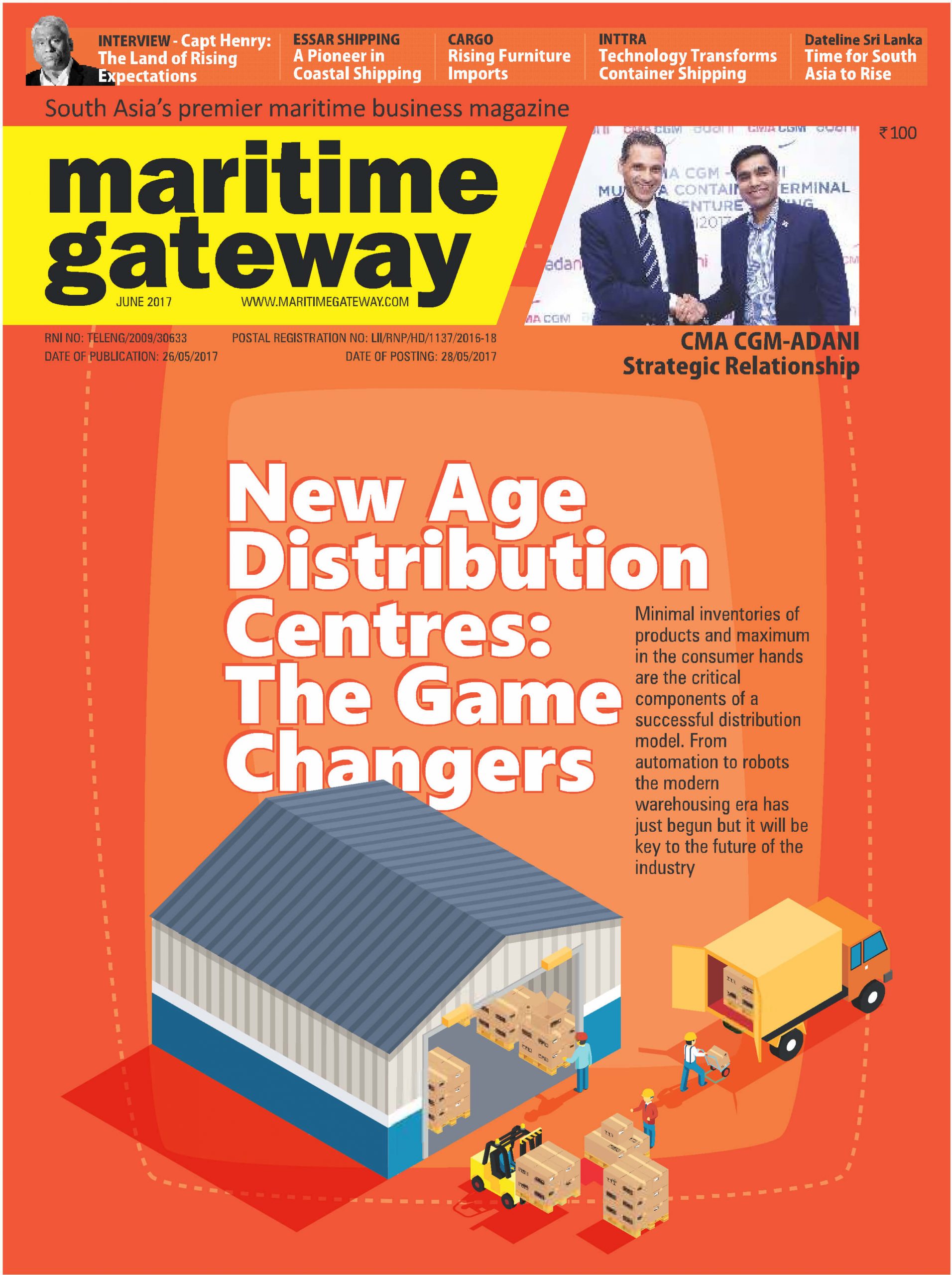
Minimal inventories of products and maximum in the consumer hands are the critical components of a successful distribution model. From automation to robots the modern warehousing era has just begun but it will be key to the future of the industry
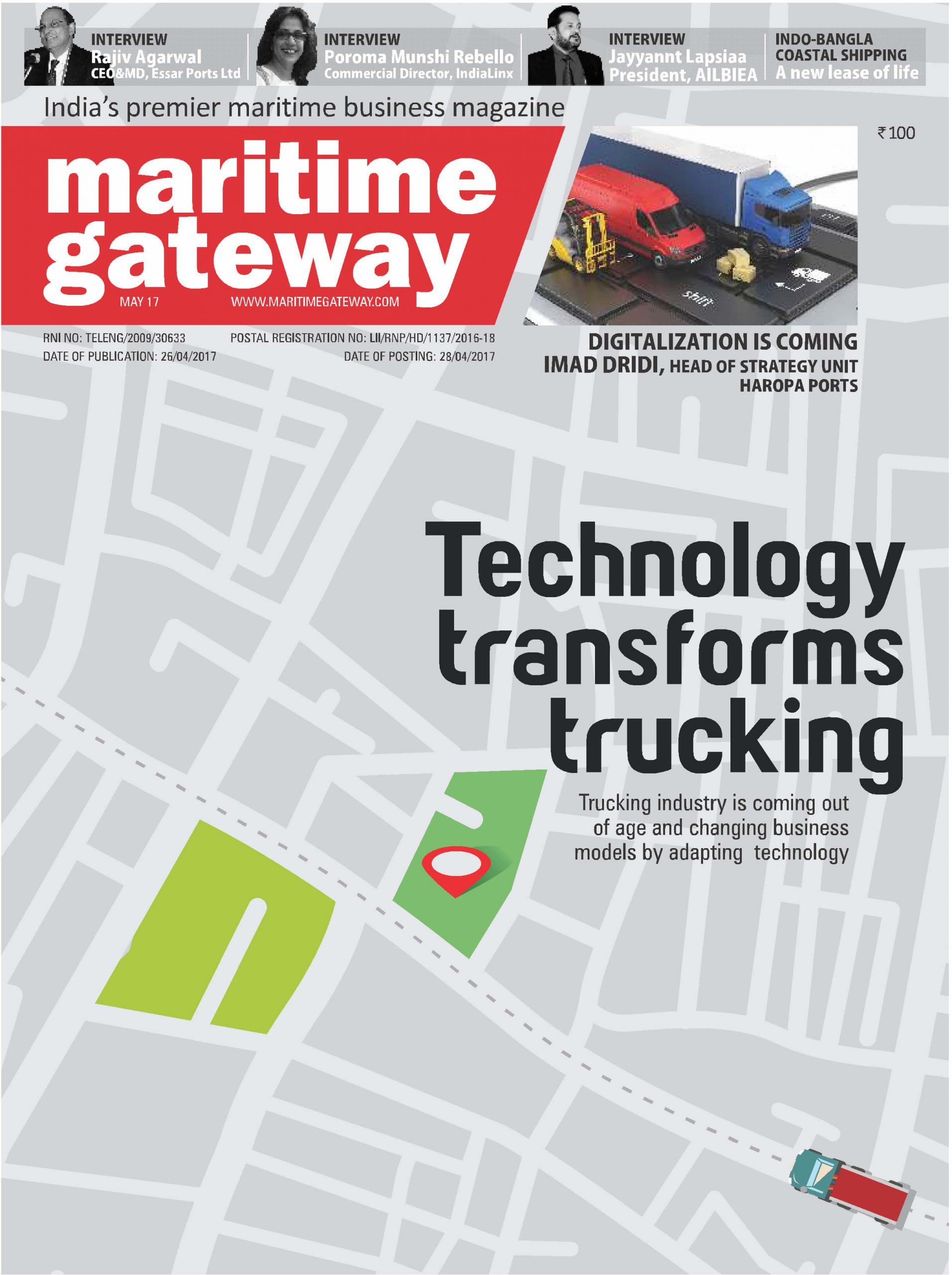
Trucking industry is coming out of age and changing business models by adapting technology
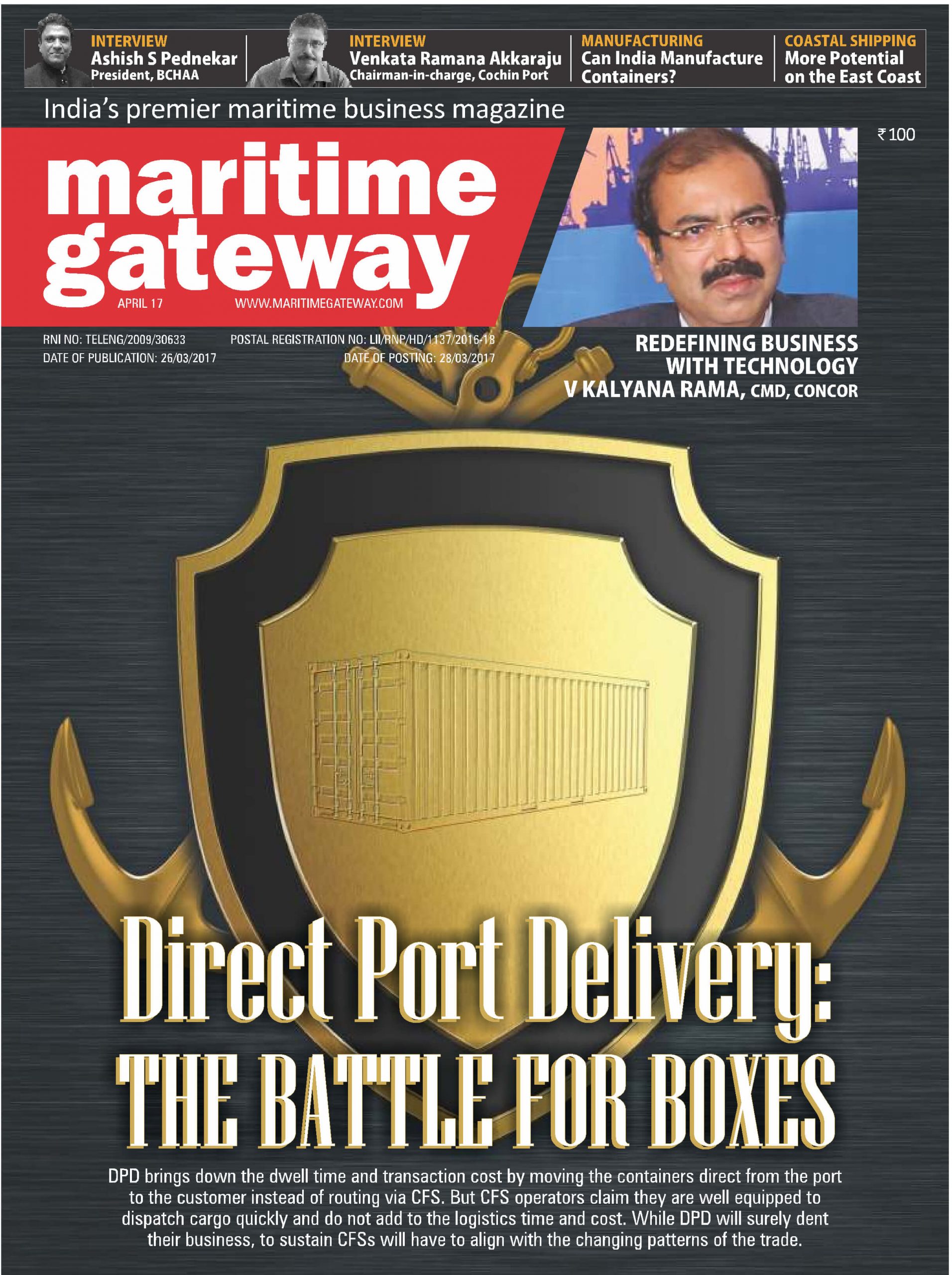
DPD brings down the dwell time and transaction cost by moving the containers direct from the port to the customer instead of routing via CFS. But CFS operators claim they are well equipped to dispatch cargo quickly and do not add to the logistics time and cost. While DPD will surely dent their business, to sustain CFSs will have to align with the changing patterns of the trade.
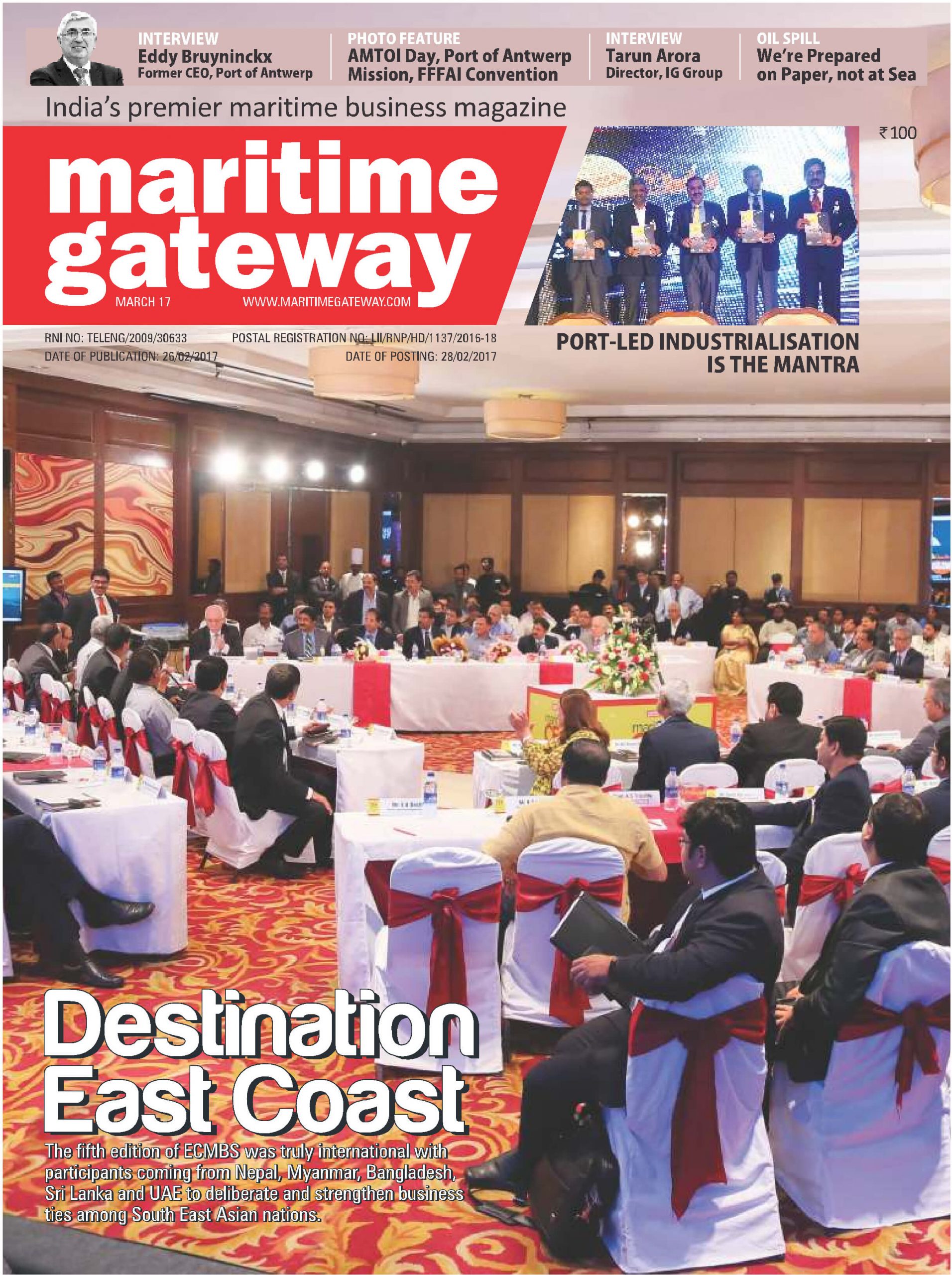
The fifth edition of ECMBS was truly international with participants coming from Nepal, Myanmar, Bangladesh, Sri Lanka and UAE to deliberate and strengthen business ties among South East Asian nations